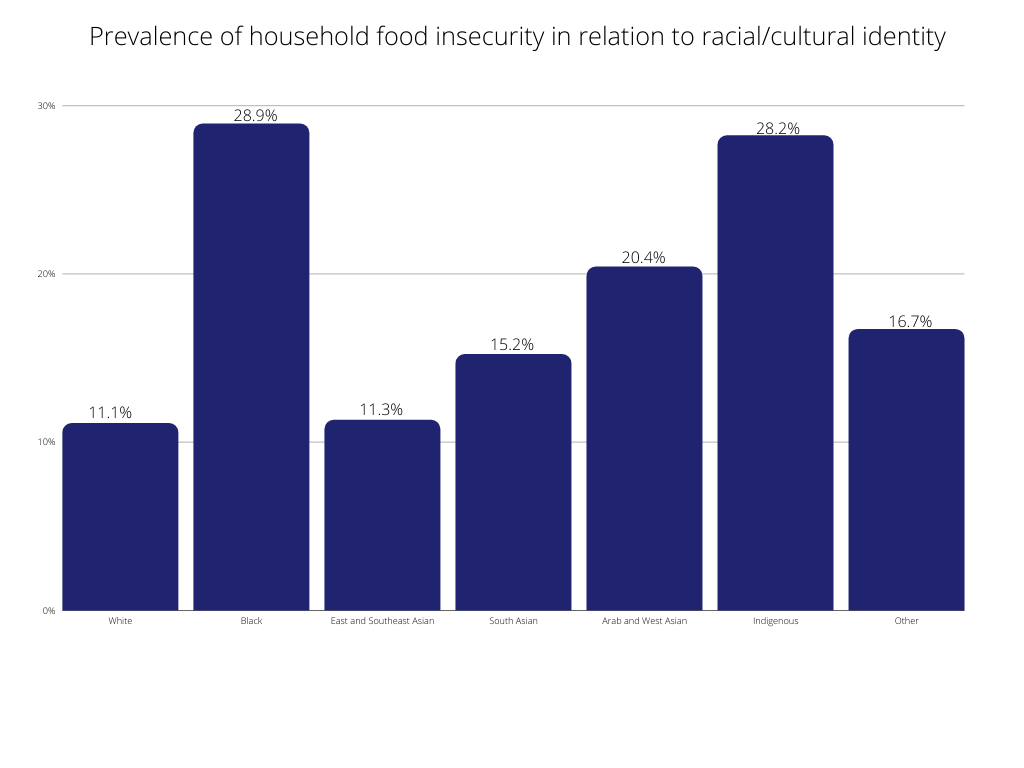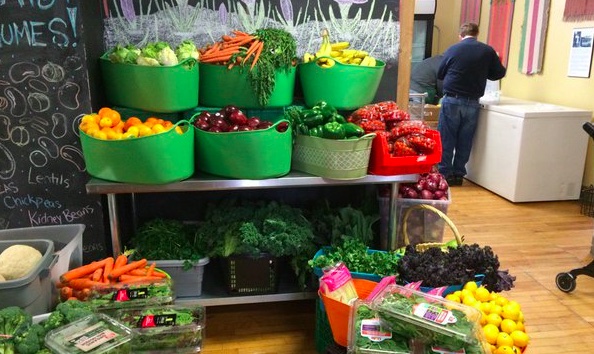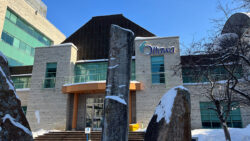Food banks across Ottawa are adapting not only to the increase in need because of the pandemic but also to the city’s changing and diverse population which is creating demand for culturally appropriate food.
The Ottawa Food Bank, for example, is running a pilot project to provide culturally appropriate food hampers. Samantha Ingram, the OFB’s communications manager, said “we are polling our participating food programs to find out what the most recommended products are.”
Those answers will help decide what food is in demand by members of different communities in the Ottawa area.
There are 14 community food banks collaborating with the Ottawa Food Bank on the project. It is hoped that the data collected will help improve food purchasing and make for a more diverse selection of products for those in need.
According to the Toronto Fallout Report, which examined seven months under the pandemic in Canada’s largest city, before the pandemic only 10 per cent of white households reported food insecurity, compared to 28 per cent of Black households. Indigenous, Black and people of colour in Canada also have unemployment rates twice as high as those experienced by white Canadians, the report noted.
The link between food insecurity, race and lack of access to culturally appropriate produce and other items is apparent across Canada.

Karen Secord, executive director of Parkdale Food Centre in Hintonburg, said that it is a travesty that people in Ottawa don’t have enough income to meet a basic human need like food.
She says that Parkdale offers a variety of foods, including unlimited fresh fruits and vegetables. Not only does the centre provide a diverse food selection for those in need, but it also hosts cooking classes every Thursday and provides delivery within a five-kilometre radius of its Rosemount Avenue location.
Over the past few years, the Parkdale Food Centre has begun sourcing a better variety of foods for people of different backgrounds. Secord said immigrant families and refugees especially look to food banks as they get settled in Canada, but they are not always provided with the most nutritious food nor foods they are familiar with.
That’s why the centre has tried to diversify its food supply to better meet the needs of our multicultural city.
Culturally appropriate food
The CUSA Food Centre at Carleton University is also trying to make culturally appropriate food more accessible for students.
“This month, the CUSA Food Centre is hosting our first International Food Month,” said Lily Huang, the centre’s programming co-ordinator. For the event, different campus clubs are creating cooking tutorials featuring a dish from their national cuisine to be posted to their Instagram page.
Huang said that “by providing culturally appropriate food, it helps students feel included and comfortable accessing the food centre.” Students see food that they have eaten in their home country and they know how to prepare it.
“Many international students use our services, so providing culturally appropriate food helps them feel more at home in Canada” explained Huang.
Problems at the intersection of food security, poverty and race are confronting cities across Canada. To address these issues, food banks are moving to provide a variety of nutritious and culturally appropriate food to help their clients feel more comfortable and gain the tools they need to not only prepare the food but to help themselves become food secure.




